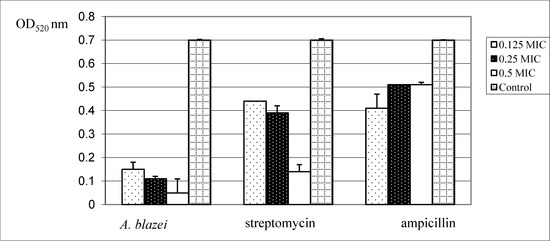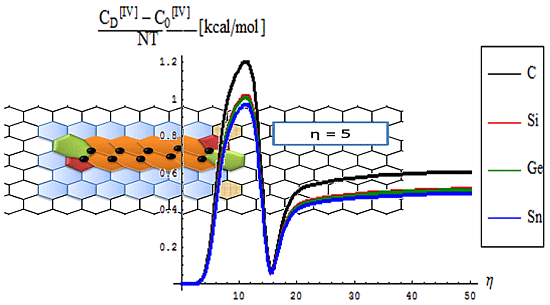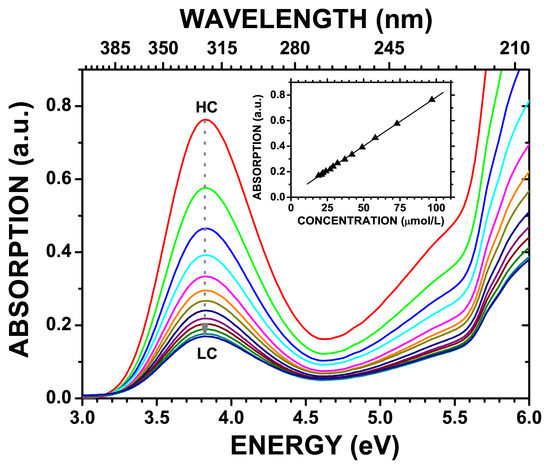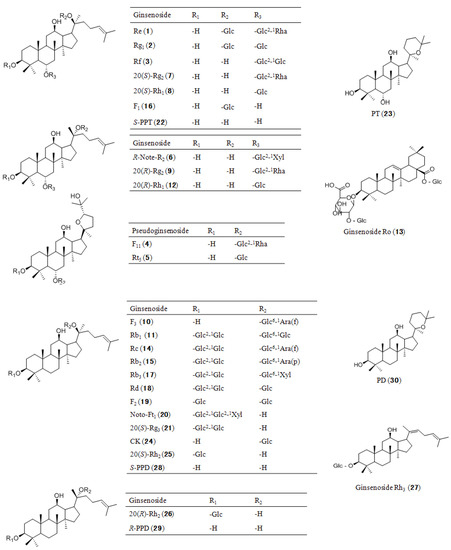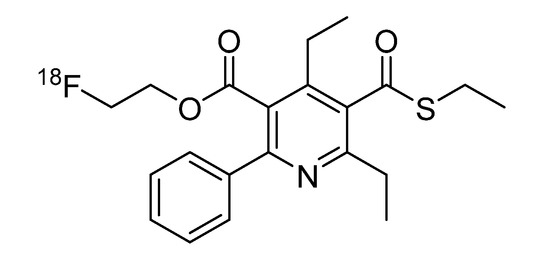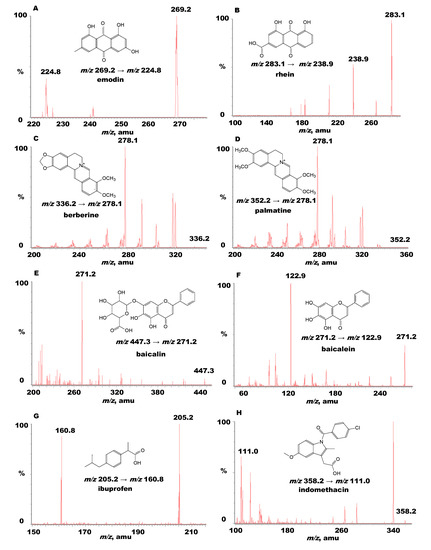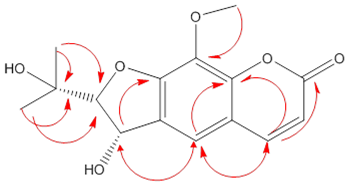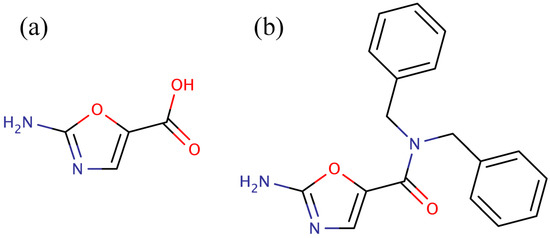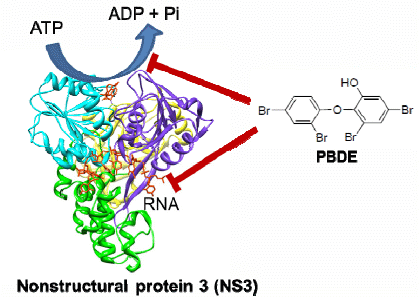1
Department of Health Beauty, School of Medical and Health Sciences, Fooyin University, Ta-Liao District, Kaohsiung 83102, Taiwan
2
Tzu Hui Institute of Technology, Pingtung County 92641, Taiwan
3
Department of Nutrition and Health Science, School of Medical and Health Sciences, Fooyin University, Ta-Liao District, Kaohsiung 83102, Taiwan
Molecules 2014, 19(4), 4234-4245; https://doi.org/10.3390/molecules19044234 - 3 Apr 2014
Cited by 44 | Viewed by 8443
Abstract
Sixteen compounds were extracted and purified from the leaves of Liriodendron tulipifera. These compounds include aporphines, oxoaporphine, coumarin, sesquiterpene lactone, benzenoids, cyclitol and steroids. (+)-Norstephalagine (2) (an aporphine) and scopoletin (8) (a coumarin) were isolated from Liriodendron tulipifera
[...] Read more.
Sixteen compounds were extracted and purified from the leaves of Liriodendron tulipifera. These compounds include aporphines, oxoaporphine, coumarin, sesquiterpene lactone, benzenoids, cyclitol and steroids. (+)-Norstephalagine (2) (an aporphine) and scopoletin (8) (a coumarin) were isolated from Liriodendron tulipifera leaves from the first time. The identified compounds were screened for their antiradical scavenging, metal chelating and ferric reducing power activities. The results have showed that these compounds have antioxidative activity. The study has also examined the chemopreventive property of the isolated compounds against human melanoma cells A375. The results shown that (−)-anonaine (1), (−)-liridinine (3), (+)-lirinidine (6), lysicamine (7) and epitulipinolide diepoxide (9) significantly inhibited the proliferation of melanoma cells. These results revealed that these compounds have antioxidative activity and chemopreventive activity in skin melanoma cells.
Full article
(This article belongs to the Special Issue Natural Antioxidants and Ageing)
▼
Show Figures



